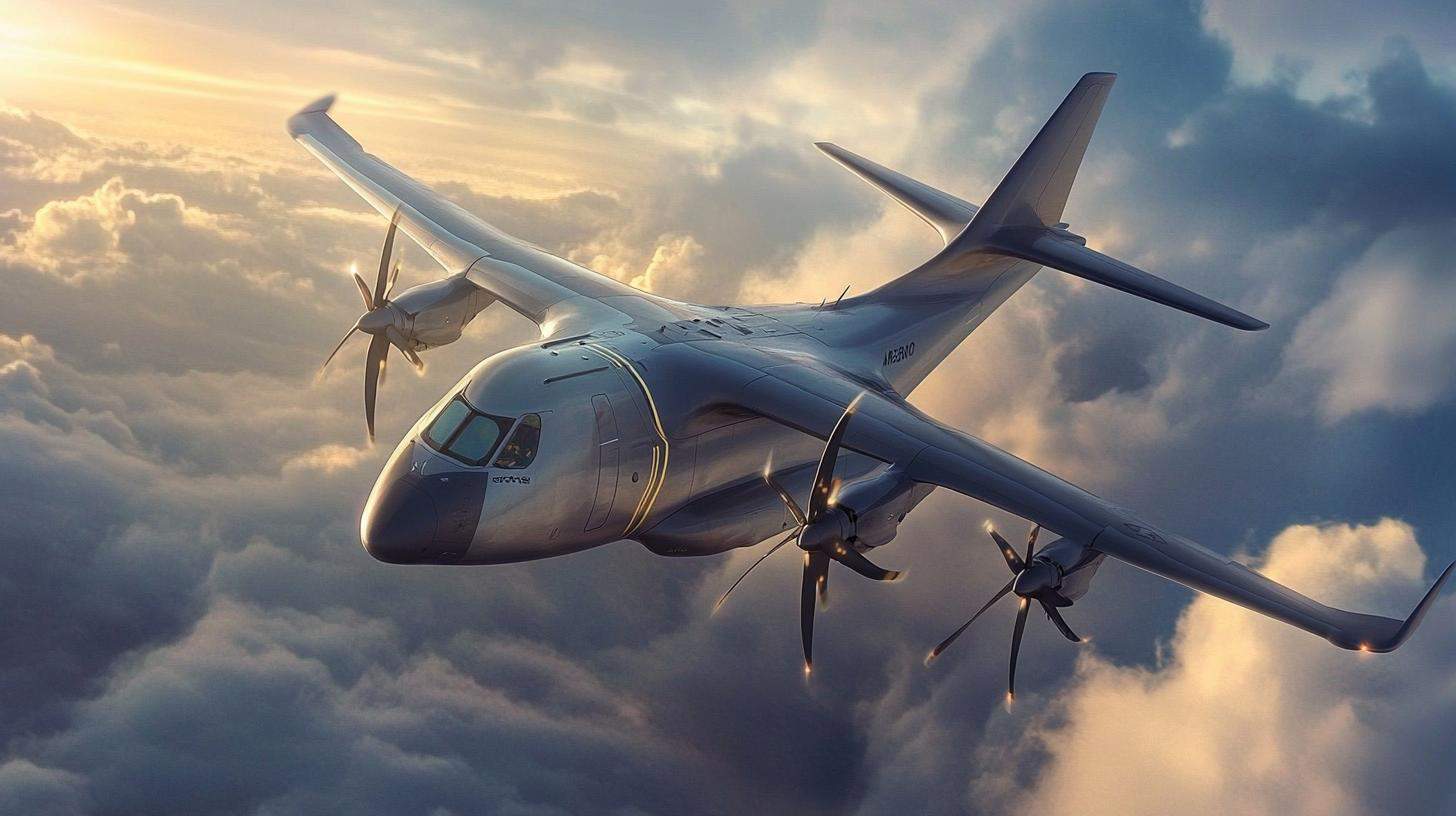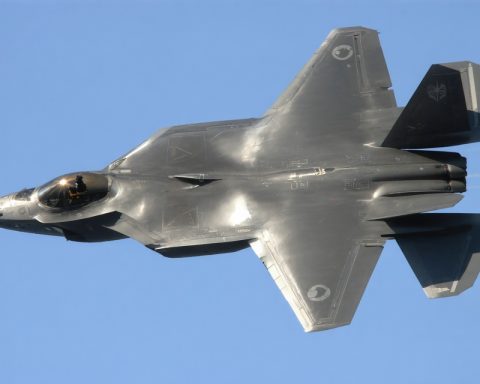The Airbus A400M Atlas, a European-built military transport aircraft, is poised to redefine air mobility with its blend of advanced technologies and tactical versatility. Initially developed to meet the changing needs of NATO and European air forces, the A400M is taking on new roles that position it as a cornerstone of future military operations.
At the heart of the A400M’s innovation is its ability to perform in diverse environments, from delivering supplies to remote airstrips to providing tanker support for combat aircraft. This adaptability is powered by its cutting-edge Europrop International TP400-D6 engines, the most powerful turboprop engines ever installed on a military aircraft. These engines not only provide exceptional range and payload capacity but also ensure that the A400M can operate in austere conditions where traditional platforms might struggle.
The A400M incorporates several distinct features that enable enhanced mission flexibility. Its multi-role capabilities are complemented by a precision cargo delivery system and advanced avionics, making it an indispensable asset in any mission profile. Moreover, its ability to airlift oversized equipment directly onto the battlefield gives it a strategic advantage in rapid deployment scenarios.
With the increasing complexity of global security challenges, the A400M’s role is evolving. The future may see it as an integral player in humanitarian missions and disaster relief, expanding its mission set beyond traditional military tasks. As defense strategies evolve, the A400M Atlas is ready to soar into its next era of service, leveraging its advanced technologies to meet the demands of modern warfare and peacekeeping efforts.
Revolutionary Transport: How the A400M Atlas Is Changing the Game
The Airbus A400M Atlas has not just set new standards in military transport but also sparked debates about the future of military and humanitarian operations. What are its broader implications, and how does it affect communities around the world?
Global Impact and Humanitarian Roles
In addition to its military prowess, the A400M is anticipated to become a crucial player in non-combat missions. Its ability to swiftly deliver supplies and medical aid to remote, disaster-stricken areas can significantly enhance global humanitarian efforts. Imagine communities receiving timely aid after natural disasters, transforming lives and potentially saving thousands. The A400M’s capability to land on short, unpaved airstrips offers unmatched flexibility in such crises.
Environmental Considerations
An interesting aspect is the environmental impact of the A400M’s powerful engines. While they provide superior performance, environmentalists worry about increased emissions. This raises questions: Can we innovate to retain power while minimizing ecological footprints? The aviation industry faces the challenge of balancing operational needs with environmental sustainability.
Economic Factors and Controversies
Economically, the A400M’s development and maintenance present advantages and disadvantages. For nations investing in such advanced technology, costs soar into billions. However, these expenditures can stimulate local economies by promoting job creation in aerospace manufacturing. Conversely, critics argue that such funds might be better spent on domestic issues or renewable energy investments.
Future Considerations
As the A400M continues to evolve, it holds the potential to redefine military and humanitarian logistics globally. But will its benefits outweigh its challenges? The world watches closely as this technological marvel paves the way for future innovations in air mobility. For more information on innovations in aviation, visit Airbus.











